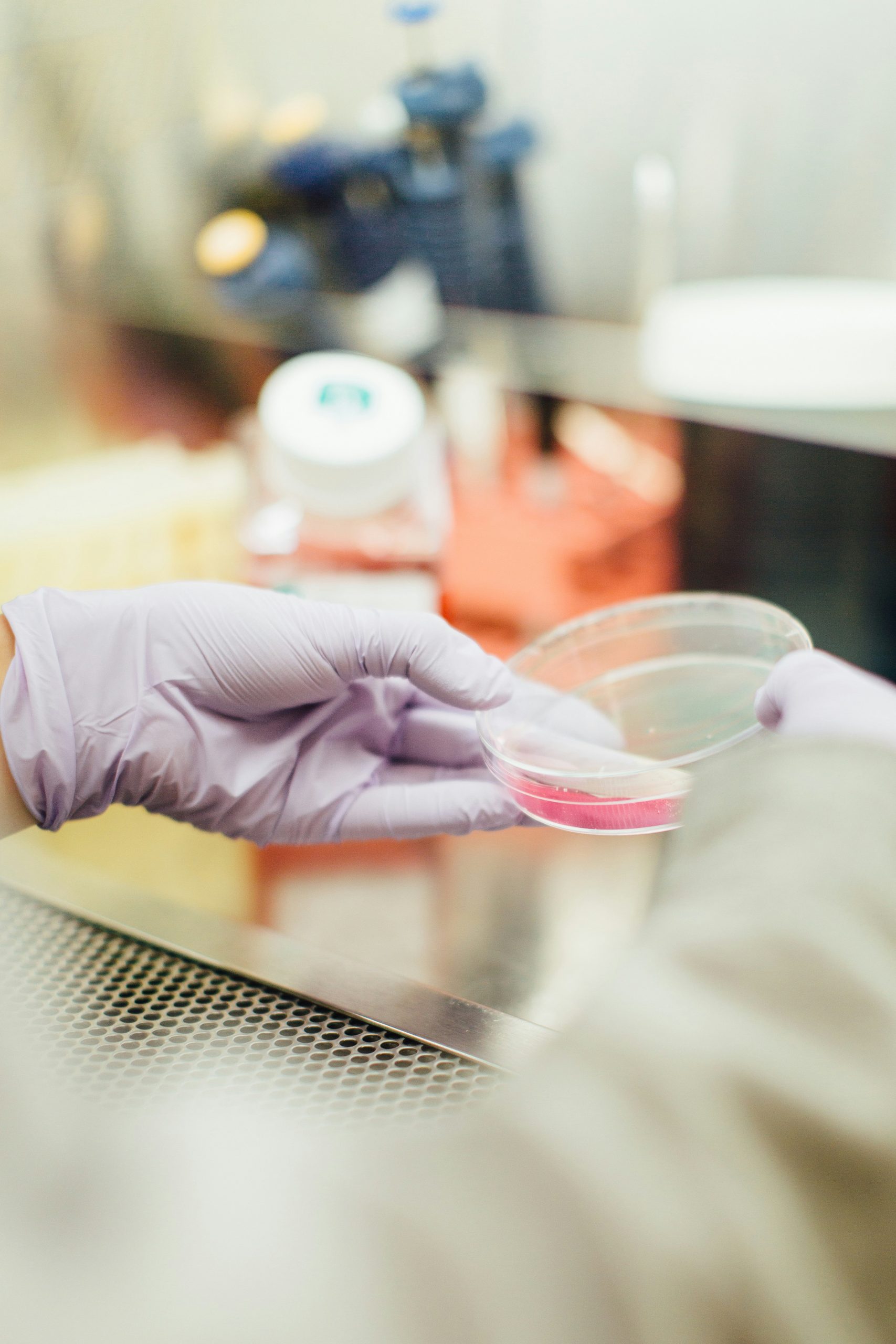
Emergency medicine is one of healthcare’s most dynamic and high-pressure fields, often requiring quick thinking and rapid decision-making. It involves treating patients with a wide variety of acute conditions and injuries, many of which can be life-threatening. Doctors and healthcare professionals working in emergency departments (EDs) are critical care’s first line of defense, offering immediate medical attention to those in need. The nature of emergency medicine is unpredictable, with cases ranging from minor injuries to severe trauma, all requiring the medical team to respond with speed, precision, and expertise.
The Role of Emergency Physicians in Critical Care
Emergency physicians play a pivotal role in the ED by diagnosing and treating patients who require immediate medical attention. Their expertise is crucial, especially when patients present with life-threatening conditions, such as severe bleeding, heart attacks, or strokes. These doctors must act swiftly, often relying on their experience to assess symptoms and determine a course of action. Their ability to make rapid decisions in high-pressure situations directly impacts patient care outcomes. Every decision, whether it’s administering a drug, ordering tests, or deciding on the need for surgery, is made with a sense of urgency, knowing that it could significantly alter the course of treatment.
Moreover, emergency physicians often have to make decisions without the complete information that might be available in other medical settings. Patients may arrive unconscious, in shock, or unable to communicate effectively. This lack of detailed history means emergency doctors must rely on their judgment and clinical skills to stabilize the patient quickly. Their ability to think critically and act decisively can be the difference between life and death. Emergency physicians must also stay calm under pressure, frequently facing many patients and potentially chaotic situations.
Emergency Nurses: The Backbone of Critical Care
Nurses are integral to the emergency department, often as critical care teams’ backbone. They are responsible for ensuring patients receive prompt and accurate care while maintaining a compassionate presence during treatment. In addition to assisting doctors with medical procedures, emergency nurses are often the first to assess and stabilize patients upon their arrival. They take vital signs, manage pain, administer medications, and emotionally support patients and their families. Their work demands a deep understanding of medical procedures and excellent communication skills.
Emergency nurses respond to a wide range of emergencies, including trauma, heart attacks, strokes, and respiratory distress. They triage patients, using their expertise to determine which cases need immediate attention and which can be handled less urgently. In a typical emergency department, nurses communicate with patients, their families, and other medical staff, ensuring they follow treatment plans and monitor the patient continuously. With their training and experience, emergency nurses provide crucial care in situations where every moment matters.
The Challenges of Working in the Emergency Department
Working in an emergency department is not without its challenges. One of the most significant obstacles is the unpredictability of the workload. Emergency medical teams can go from dealing with a relatively quiet period to facing multiple high-acuity cases in a short amount of time. This constant fluctuation means that ED staff must always be prepared for any scenario. Another challenge is the emotional and physical toll of the job. Working long hours, often with minimal rest, can lead to burnout among medical professionals. The nature of emergency care also means that staff frequently encounter patients who are in pain, anxious, or scared, and it can be emotionally draining to witness these situations daily.
Moreover, the fast-paced environment of the emergency department often means that healthcare professionals have limited time to process the emotional weight of their work. They must balance providing top-tier medical care while remaining emotionally resilient in the face of tragic outcomes. Emergency teams deal with the strain of working under pressure, mainly when resources are limited or overwhelmed by the sheer number of patients. Despite these challenges, most healthcare professionals in emergency medicine remain deeply committed to their work, driven by a desire to help people in their most vulnerable moments.
Advancements in Emergency Medicine and Critical Care
The field of emergency medicine has seen remarkable advancements in recent years, particularly in the areas of technology and treatment protocols. New diagnostic tools, such as advanced imaging technology and portable ultrasound devices, allow physicians to obtain critical information faster, helping them make more accurate decisions in emergencies. Additionally, innovations in medical treatments and procedures have improved patient outcomes, reducing the mortality rate associated with conditions like heart attacks and trauma. These advancements have helped streamline the workflow in emergency departments, allowing healthcare teams to focus more on patient care and less on logistical challenges.
In addition to technological improvements, there has been a growing emphasis on the importance of mental health in emergency care. Many hospitals now implement support systems for healthcare workers, recognizing the emotional toll that working in high-stress environments can take. Some institutions are introducing wellness programs and debriefing sessions to help staff process their problematic situations. This focus on the mental health of healthcare professionals is essential in ensuring they remain effective and compassionate in their roles, ultimately benefiting patients who rely on them for critical care.